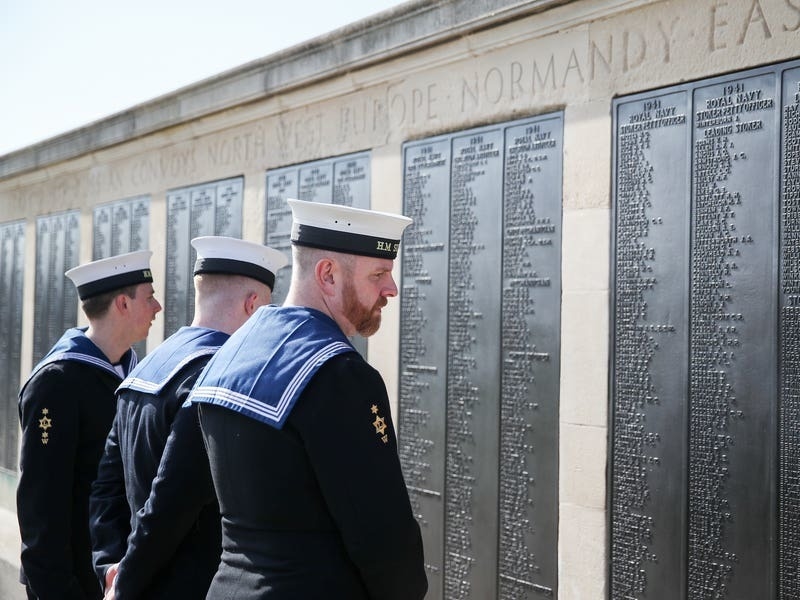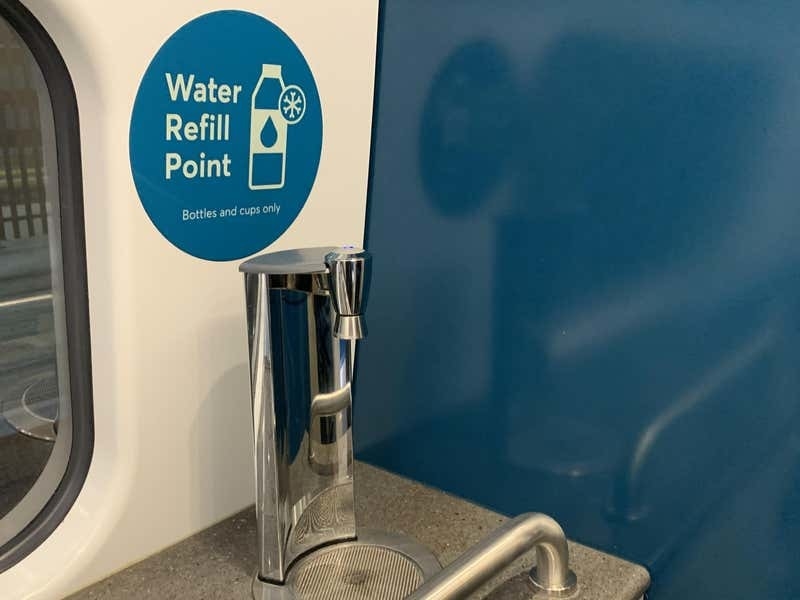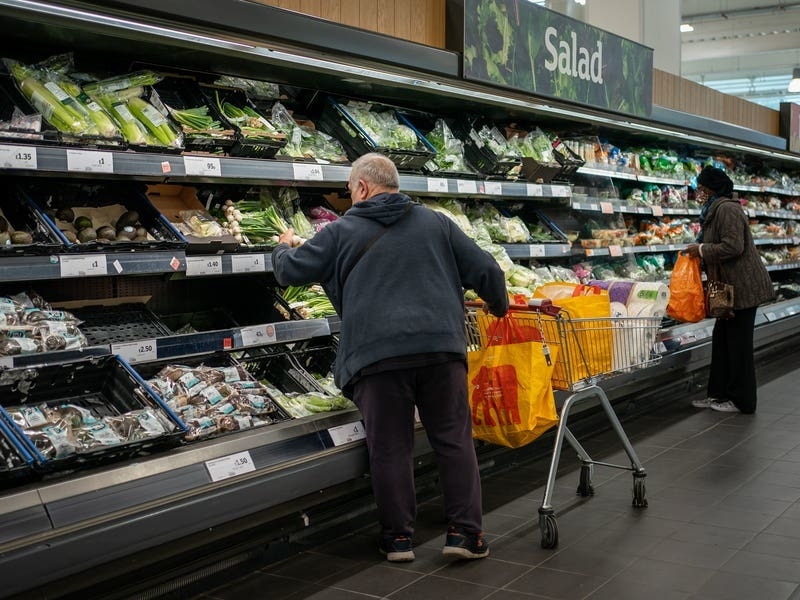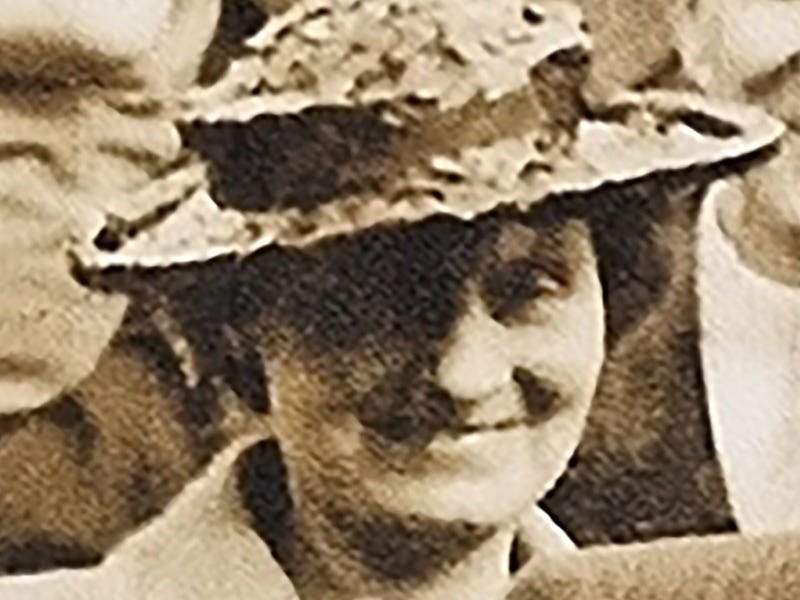Portsmouth played a key role in the planning and preparation of the D-Day landings, which is reflected 80 years later by the country’s major commemoration being held in the Hampshire city.
As early as August 1943 – 10 months ahead of the invasion – restrictions were put in place on the movement of people in Portsmouth as preparations for Operation Overlord got under way.
The port city and historic home of the Royal Navy was part of the 10-mile deep coastal strip from the Wash to Land’s End which was closed to all visitors – with Southsea seafront being declared a restricted zone on April 1, 1944.
Large swathes of southern England were turned into a huge army camp by that spring as the build up of men, vehicles, stores and ammunition were moved to marshalling areas ready for the invasion.
Those camped in woods to the north and east of Portsmouth were destined for Sword Beach on the Normandy coast.
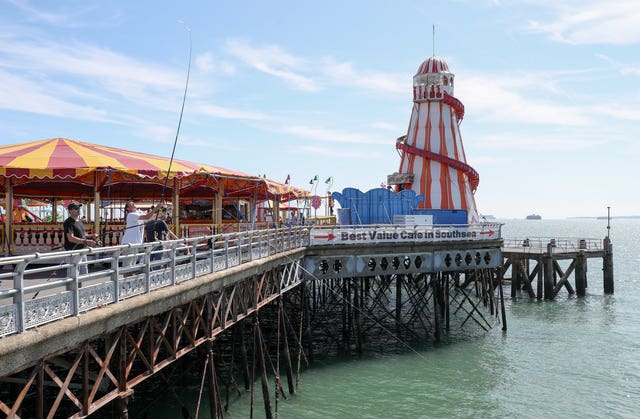
As the hundreds of vessels gathered in the Solent, eyewitnesses are reported to have said that it “seemed as though it would be possible to walk from Portsmouth to the Isle of Wight across their decks”.
While Portsmouth was a key staging post, it was the small village of Southwick, just to the north, that was given a pivotal role when it was chosen to be the headquarters of the Supreme Allied Commander General Dwight Eisenhower.
Here in Southwick House, a giant map was set up to plot the movements of the convoys across the Channel.
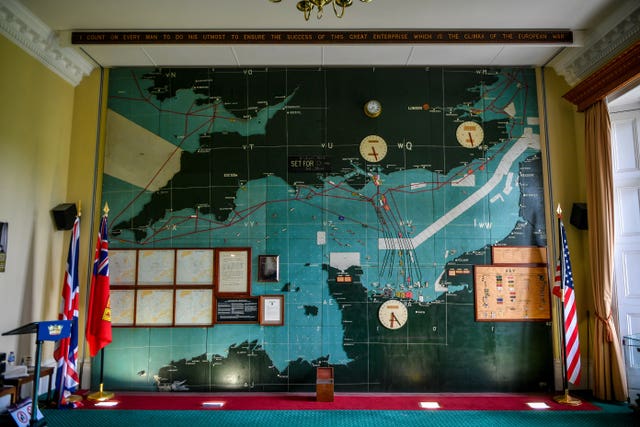
The decision to launch D-Day was delayed by 24 hours because of awful weather before Eisenhower announced his decision with the famous words: “Okay, let’s go.”
In the village nearby, many of the officers involved in the planning, including Generals Eisenhower and Montgomery, would visit the Golden Lion pub.
And on Portsdown Hill, between Southwick and Portsmouth, the Combined Operations Headquarters, which co-ordinated and monitored the progress of the invasion fleet, were housed in the tunnels of Fort Southwick – which dates back to the Victorian era.
Portsmouth Naval Base itself at HMS Excellent, on Whale Island, was particularly involved in preparing the naval gunfire bombardment that preceded the landings – while local firm Airspeed, based at Portsmouth Airport, designed the Horsa glider which was used by both American and British airborne forces on D-Day.

HMS Dolphin at Fort Blockhouse in Gosport – now the Royal Naval Submarine Museum – was the headquarters of the Royal Navy’s submarine service and was the base of the “X-Craft” mini submarines used for directing the Allied fleet on its final approach to the British and Canadian beaches.
Priddy’s Hard was among several Royal Navy supply bases in Gosport and supplied the Allied fleet with ammunition, while the Royal Clarence Victualling Yard supplied the allied fleet with food and other supplies.
And local firm Vospers in Portchester built motor torpedo boats (MTBs) which went ahead of the main Allied fleet to protect the warships as they crossed the Channel.
The yacht-building company Camper and Nicholson, also based in Gosport, was responsible for building parts of landing craft and the Mulberry harbours – artificial harbours that were towed across to Normandy to create landing platforms for the invading vessels.
Some of these were built on the shores of Stokes Bay and Hayling Island and a Phoenix Caisson – a section of the structure – can still be seen today in Langstone Harbour where it ran aground on a sandbank and broke its back.

At HMS Daedalus, which incorporated Lee-On-The-Solent airfield, was the base for the Royal Navy Fleet Air Arm which supported the naval and ground forces during the Normandy operation.
The RAF Typhoon fighter-bomber which took part in the Normandy operation was also based at RAF Thorney Island near Emsworth.
Andrew Whitmarsh, curator of The D-Day Story Museum in Southsea, said: “The Portsmouth area had a unique role in supporting and sustaining the D-Day Landings.
“Some preparations in the region also took place elsewhere, such as the construction of components for the Mulberry Harbours, the gathering of naval forces, or the assembly and embarkation of troops.
“Others were unique, such as the Allied commanders meeting at Southwick House to confirm the date to launch D-Day, or the underground headquarters at nearby Fort Southwick which co-ordinated the landings.
“A large part of the D-Day fleet, comprising much of the landing forces for Gold, Juno and Sword Beaches, gathered in the sheltered anchorage of the Solent before the operation.
“These ships and landing craft were maintained and supplied by naval bases in the area such as the Royal Naval Armaments Depot at Priddy’s Hard and the Royal Clarence Victualling Yard, both in Gosport.
“Many ships and landing craft had modifications, or later on repairs, carried out at Portsmouth Dockyard.
“The first part of the Allied fleet to set off for Normandy – two X-craft mini-submarines which lay off the beaches for several days before the landing – left from HMS Dolphin at Fort Blockhouse in Gosport.”
Portsmouth continues to play a key role in marking D-Day with the national event taking place next to the Portsmouth Royal Naval Memorial which commemorates almost 14,956 Portsmouth-based sailors of the Second World War who have no known grave other than the sea.


